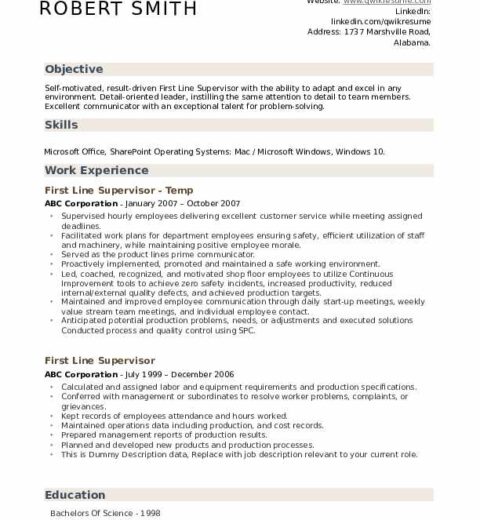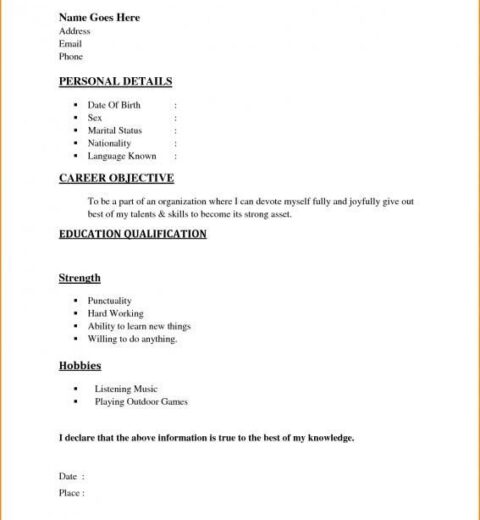In the competitive landscape of job applications, the question of how many skills to list on a resume is one that often puzzles candidates. The resume serves as a critical tool for capturing the attention of potential employers, conveying not only qualifications but also the individual’s professional persona. Striking the right balance in the number of skills included can significantly impact a candidate’s chances of making a favorable impression.
To begin with, the optimal number of skills a candidate should include on their resume is generally considered to be between six to ten. This range has emerged as a practical guideline based on extensive research and empirical observations within hiring practices across various industries. A resume cluttered with endless skills can overwhelm hiring managers, leading them to overlook key qualifications. Conversely, a sparse list may leave recruiters contemplating the candidate’s depth of expertise.
Understanding the nature of the job for which one is applying is paramount. Different industries and organizations possess unique expectations regarding skill sets. In technical fields, such as IT or engineering, specific hard skills may be prioritized, necessitating a more robust listing. For instance, software developers might showcase proficiency in various programming languages, frameworks, and tools prominently, as these are essential differentiators in their field. On the other hand, candidates in sectors like marketing or human resources may benefit from a blend of hard and soft skills. This may include not just technical competencies but also interpersonal skills such as communication and leadership.
Another key consideration is the qualifications typically sought by employers. To tailor a resume effectively, job seekers must analyze job descriptions for the positions they aspire to. Noting recurring keywords and phrases helps illuminate essential skills that must be spotlighted on their own resumes. This strategic alignment not only aids in passing Applicant Tracking Systems (ATS) but also fortifies the application’s overall relevance.
Moreover, the presentation of skills is equally important as their selection. Skills should be categorized logically, giving preference to relevancy and impact. Using headers such as “Technical Skills,” “Soft Skills,” or “Relevant Skills” can lend clarity and structure to the resume. This organization allows recruiters to swiftly identify pertinent abilities, facilitating better decision-making in the early stages of the hiring process.
When deliberating which skills to include, it’s crucial to maintain authenticity. Candidates should refrain from listing skills they do not possess or are not proficient in. This not only misrepresents their capabilities but also risks damaging their reputation if discovered during an interview or, worse, after hire. Instead, it’s better to highlight a few strong, relevant skills rather than padding the resume with a long list of superficial competencies that may skew the true value of a candidate.
Furthermore, considering the formats of resumes can influence how skills are presented. A chronological resume style outlines work history first, while a functional format emphasizes skills and competencies. For those with extensive experience, blending both approaches can be advantageous. By creating a “Core Competencies” section at the top, candidates can ensure critical skills receive immediate visibility before delving into the chronological exploration of work history.
In addition, it’s beneficial to quantify skills when applicable. For example, instead of stating “project management,” candidates might describe their experience as “Managed 15+ cross-functional projects that resulted in a 25% increase in efficiency.” This method not only clarifies the skill but also emphasizes its tangible impact, thereby allowing candidates to paint a compelling picture of their contributions.
One should also consider the evolving job market, which often values adaptability and continuous learning. As industries change, the relevance of particular skills fluctuates. Those actively seeking new skills or certifications can bolster their resumes by showcasing a commitment to professional growth. In doing so, candidates may consider adding a section dedicated to ongoing education or recent courses, emphasizing a progressive mindset that modern employers often favor.
Moreover, soft skills, although sometimes difficult to quantify, have garnered attention in recent years for their increasing importance in collaborative and dynamic work environments. Employers frequently look for indicators of problem-solving abilities, adaptability, and teamwork. Describing these attributes through specific examples can enhance a resume significantly. Instead of merely listing “team player” or “excellent communicator”, candidates should illustrate these qualities through concise anecdotes within their work experience section, effectively bringing their soft skills to the forefront.
Ultimately, the journey of determining how many skills to include on a resume is both an art and a science. It requires careful consideration and an understanding of both personal strengths and industry standards. By following the guidelines of incorporating six to ten well-curated skills, aligning them with job expectations, and presenting them authentically, candidates position themselves favorably in the competitive job market. Balancing skill quantity with quality not only enhances clarity but also improves the candidate’s capacity to connect with prospective employers on multiple levels.
In conclusion, the effectiveness of a resume in showcasing a professional’s skills is pivotal to securing desired employment opportunities. Thoughtful consideration of skill quantity, relevance, and presentation is necessary. As the job market continues to evolve, candidates must remain agile, ensuring their resumes reflect their most pertinent competencies to capture the interest of hiring managers effectively.




